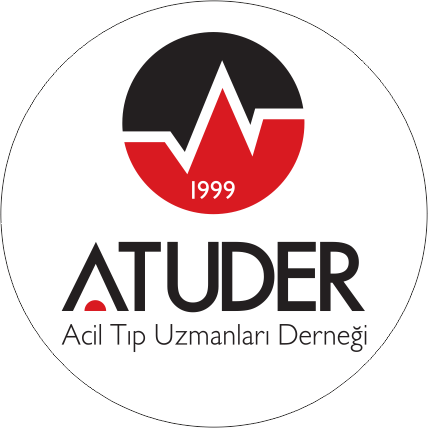ABSTRACT
PURPOSE:
This study aims to determine the clinical value of some laboratory markers(D- dimer, Fibrinogen, etc levels) as alternatives to expensive and sometimes unavailable advanced radiographic techniques, in differentiation and early diagnosis of hemorrhagic and ischemic stroke which require distinct diagnosis, monitoring and treatment methods.
MATERIALS AND METHODS:
The study includes 100 adult patients who applied to Emergency Department of Uludag University with clinical symptoms of stroke. At presentation on all of the patients and D-dimer, fibrinogen and other laboratory tests were studied. For differentiation of hemorrhagic and ischemic stroke, computerized tomography(CT) and magnetic resonance imaging(MRI) were taken. CT and MRI detections were assessed by radiology specialists blindly.
FINDINGS:
Of 100 patients included in the study, 53% were women and 47% were men. In 28% of the patients, ischemic stroke, in 21%, hemorrhagic stroke and in 48%, transient ischemic attack (TIA) was detected, while remaining 3% were assessed as normal. Average age of patients with ischemic stroke was found higher than that of patients with hemorrhagic stroke. No significant difference was observed when patients were grouped by sexes. Coagulation markers, D-dimer and aPTT were significantly different between hemorrhagic stroke and TIA groups while no significant difference was observed between ischemic and hemorrhagic stroke groups.
RESULTS:
Ischemic and hemorrhagic strokes cause homeostatic anomalies besides the brain damage accompanying. In our study, a difference between hemorrhagic stroke and TIA groups was observed, while no difference was found between ischemic and hemorrhagic stroke groups regarding coagulation markers.



